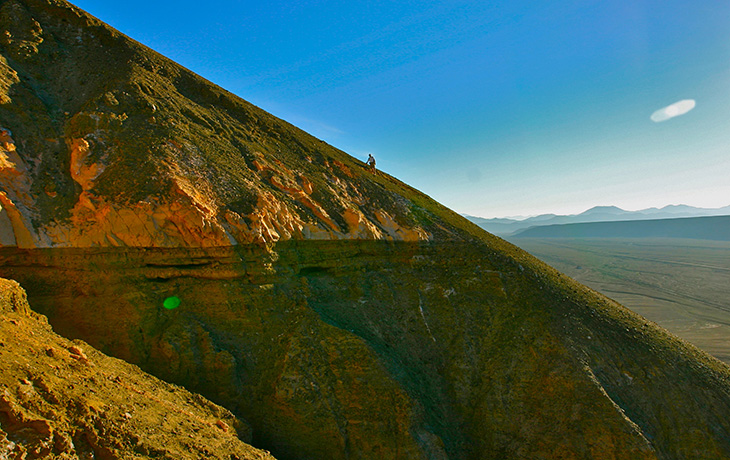
A team of researchers led by University of California, Berkeley professor Ronald Amundson have identified new details about the historic climate of Chile’s Atacama Desert, largely regarded as the driest place on Earth.
Drawing on decades of ongoing research, the scientists have determined that the Desert began drying out roughly 2 million years ago. The change correlates with long-term fluctuations in the strength of the Pacific Ocean’s El Niño cycles and global temperatures, shifts that Amundson notes are reflected in samples of the region’s ancient soils.
“The Atacama Desert has a long and complex history of very arid conditions, punctuated with intervals of more rainfall,” said Amundson, the Betty and Isaac Barshad Chair in Soil Science in the Department of Environmental Science, Policy, and Management. “The correlation to the Pacific Ocean circulation is important in our warming world, as increasing El Niño frequencies or strength would bring more rainfall into the Desert and result in flooding and landslides that could affect people.”
Their analysis—which might offer clues as to how rainfall in Chile could be affected by future changes in sea surface temperatures—is available online now and will be published in an upcoming issue of the Geological Society of America Bulletin.
